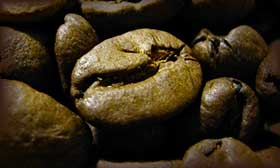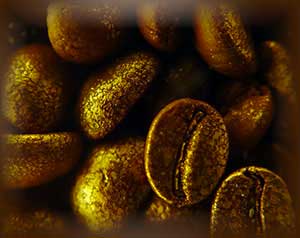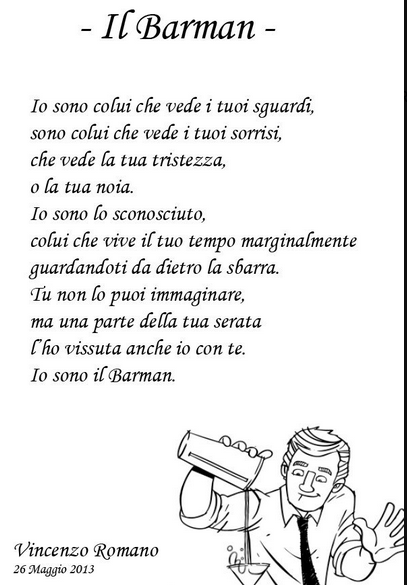The world of coffee.
Coffee processing.
1) wet process, which gives rise to washed coffees. From the freshly harvested fruits it is necessary to extract the beans within a day, otherwise the product suffers. It is therefore a question of eliminating the pulp surrounding the beans. The stages of processing are:
cleaning
sorting
pulping
fermentation
wash
drying
These well executed operations determine the final success of the product.
2) dry process, cheaper. The fruit is spread in thin layers on threshing floors or courtyards. It will be the sun, the pulping machines and then sieves to free the grain of its protections. After decortication, the coffee is sieved with sieves of different diameters and then selected according to the size. Depending on the quality of the selection, the various commercial types will be determined. At this point the coffee is placed in 60 kg bags. about and shipped to the country of consumption.
SUMMING UP
| RACCOLTA | |
| MANUAL | MECHANICS |
|
PICKING STRIPPING |
STRIPPING |
| PROCESSING | |
| WET TREATMENT | DRY TREATMENT |
|
Stripping Fermentation Wash Drying Stoning Sieving |
Drying Stoning Sieving |
| COFFEE WASHED | NATURAL OR UNWASHED COFFEE |
| Next steps | |
|
POSSIBLE SELECTION PACKAGING (in bags) SHIPMENT upon arrival at your destination ... POSSIBLE SELECTION POSSIBLE MIXING ROASTING POSSIBLE MIXING PACKAGING |
|
The roasting.
One of the most characteristic and important phases of coffee processing is roasting (roasting). Thanks to it, the aroma and the particular flavor will develop. This procedure consists in supplying heat to the grains that undergo physical transformations in their structure and chemical in their composition, everything depends a lot on the time and the temperature administered.
Partially toasted coffee grain





Comments powered by CComment